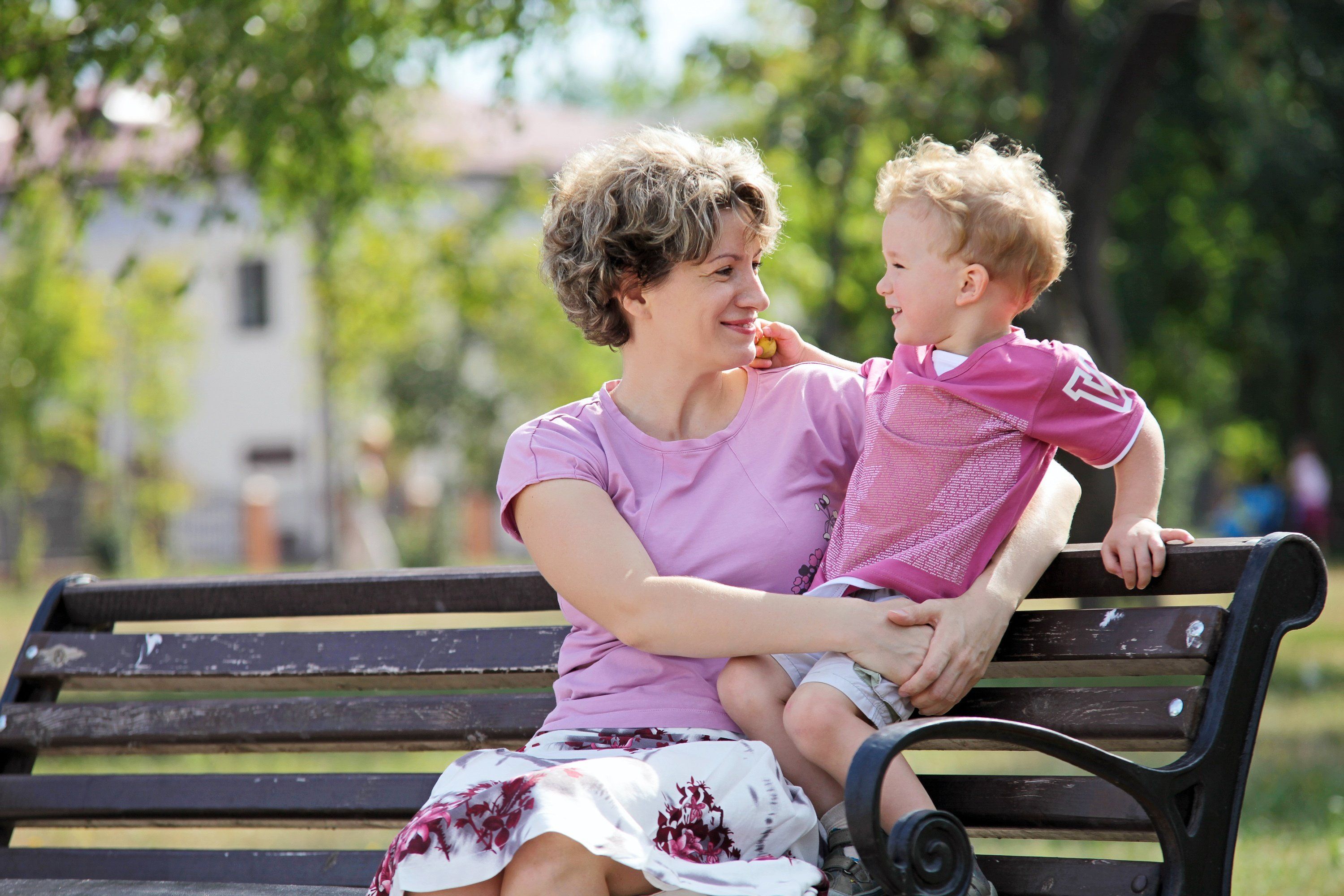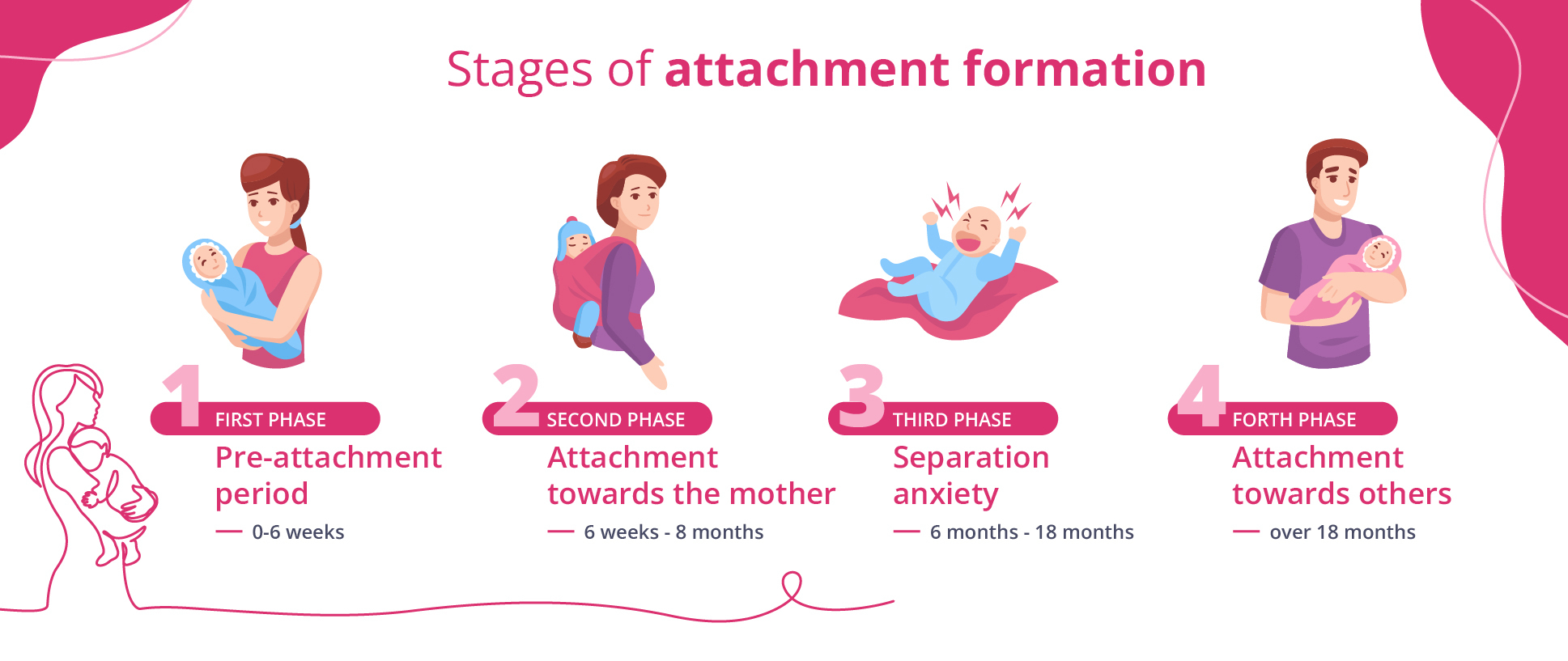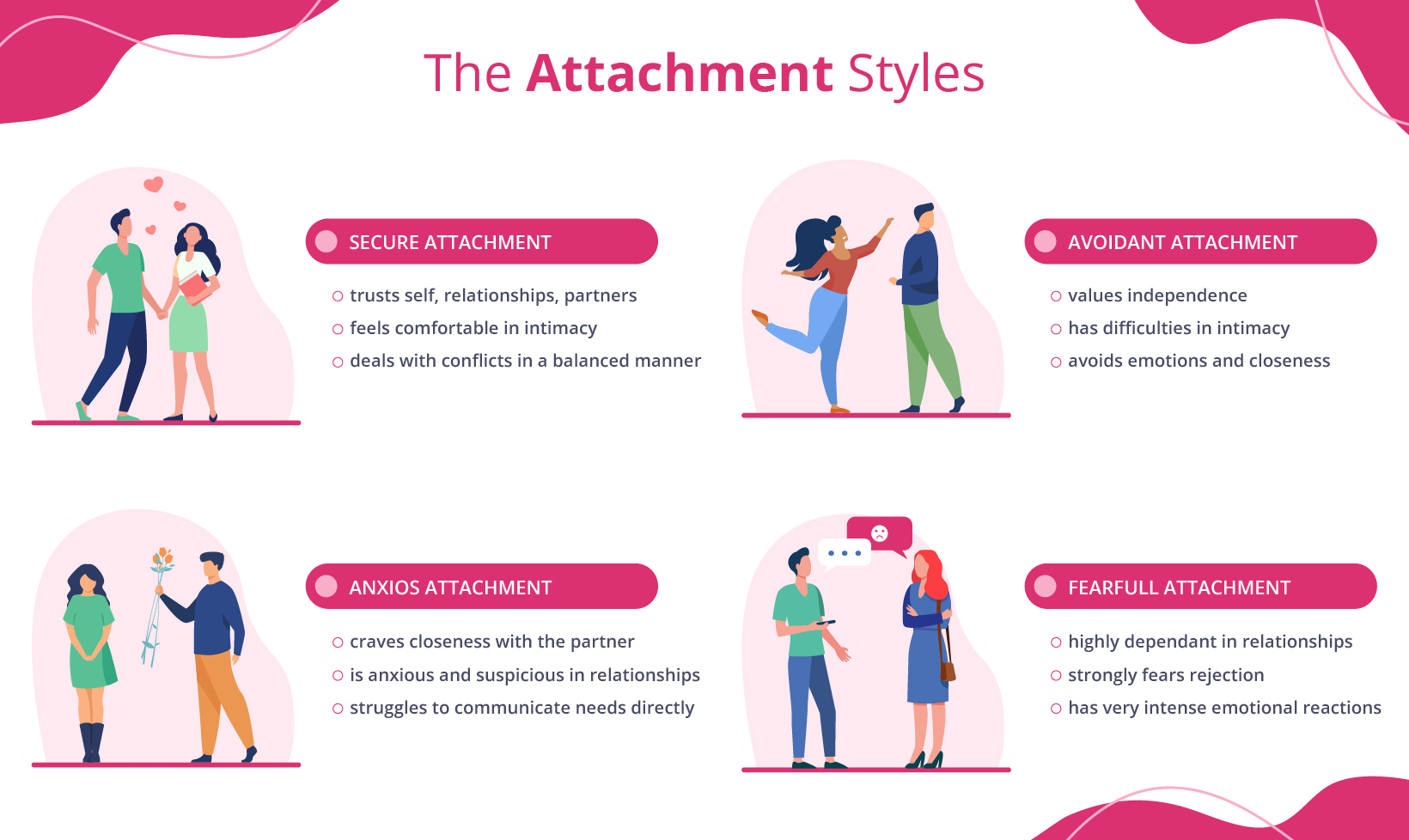
Attachment in children: the first two years of life shape us emotionally
Attachment in children is formed from the first two years of life, although we tend to say that we will only form it emotionally in adulthood. Studies show that the first two years weigh heavily in shaping attachment.
What will you find in this article?
- What is attachment
- Attachment theory
- Stages of attachment formation
- Attachment styles
- Impact of a healthy attachment style
- Attachment disorders
The first two years of life are much more important in a child's development than we might think. We tend to say that we only form emotionally in adulthood, but researchers say that in adulthood we understand what we unconsciously formed in the first two years of life.
What is attachment?
According to the APA Dictionary (American Psychological Association), the characteristic way people relate to others in the context of relationships is strongly influenced by self-esteem and interpersonal trust. Theoretically, the degree of attachment security in adults is directly related to how well they related to others in childhood. Four distinct categories of attachment style have been identified: secure style, anxious style, avoidant style, and disorganized style. Attachment styles in child-mother relationships were first described by Mary D. Salter Ainsworth and her colleagues, who identified two main styles: secure attachment and insecure attachment, the latter characterized by different patterns (e.g. ambivalent attachment, anxious-avoidant attachment). Different attachment styles in childhood are associated with different behaviors in childhood and later in adult life.
Attachment is a lasting psychological connection, an emotional relationship based on intimacy and affection.
Attachment theory - the basis of emotional development
Mammals and humans have an attachment system based on implicit memory, which develops in the last trimester of pregnancy.
From our interactions with people early in life, our brains perceive a matrix that will be reflected in all our future relationships, based on the interaction we had with caregivers in childhood.
The interactions we have with others in the early years of life, especially relationships with parents and caregivers, contribute to a pattern. This pattern, perceived by our brain, will apply and be found in all our future relationships.
Stages of attachment formation in children
In his work, The Making and Breaking of Attachments, John Bowlby (2016) describes the stages of attachment as follows:
The first stage lasts from birth to 6 weeks and is also called the pre-attachment period when the child discovers his mother but does not clearly distinguish her from other adults. The baby attracts the mother's attention by smiling, crying, and eye contact.
The next stage lasts from 6 weeks to 8 months, the child distinguishes the mother figure from others and does not get too sad if she leaves. At this stage, the child develops trust in the mother and knows that he can rely on her, and the role of the attachment between the two becomes clearer.
It is only in the third stage, which lasts from 6 months to 18 months, that the attachment relationship becomes clearer and the child develops a preference for the mother or any other person who is constantly present, showing anxiety at separation from this person. The child develops separation anxiety and becomes reactive if the mother (or any other significant attachment person, if raised by the grandmother, for example) leaves.
The last stage, the fourth, is one of partnership, in which the role of attachment increases, and the child begins to develop an attachment to other people. This is the period when the child understands that the parents leave, but also return.

ATTACHMENT STYLES
Secure attachment style
The child receives affection whenever he needs it and will find a response from his caregivers for stressful or frightening situations. This is why it is characterized by curiosity and a need to explore its environment. He seeks closeness to his mother, feels sad in her absence, and welcomes her seeking physical contact. In adulthood, through this attachment style, the adult needs contact with others but also feels secure when periods of distance occur.
Avoidant attachment style
If the child has been left to cry, without intervention and without receiving attention, the avoidant attachment style emerges. The child does not trust parents and caregivers and lacks the security of receiving affection or protection when needed. He usually adopts an independent attitude in a forced way and will experience an inner conflict between going into contact and refusing even when parents approach. Becomes angry and oscillates between feeling disappointed and needing to find comfort.
People with the avoidant style are one step removed from relationships. They are reluctant to accept other people and open up to them for fear of experiencing abandonment. They don't welcome people into their world because it will make certain associations with childhood abandonment when it was left to cry.
Anxious attachment style
When the child cries and the parents are inconsistent in offering comfort or are anxious about the situation, the child understands that relationships are beneficial but unpredictable. Separation anxiety, described by the uncertainty that the parent will be there, is very present in this attachment style. The child usually rejects the offer of contact, adopts the attitude of withdrawing from the relationship, does not have strong reactions when left alone, and learns to adapt without expectation.
In adult life, this behavior leads to jealousy and distrust of relationships with other people.
Disorganized attachment style
The fourth type is the disorganized type which is present when an abusive, violent caregiver has been present in the child's life. In this case, the parent becomes the source of the threat. The child experiences conflicting emotional states. Either avoid or rejects contact or ask for affection and enjoy seeing the parent again. In this case, he perceives his parent as a threat for whom he also feels love, he tries to approve, to accept a person to whom he is attached, but who at the same time is the source of his anxiety.
A biological paradox appears here: relationships with others are important, but closeness is simultaneously the greatest danger.
The impact of a healthy attachment style
It is very important to pay attention to this component of the emotional development that children around us, but also we adults, show because attachment is responsible for:
- the ability to develop healthy relationships with others;
- the ability to maintain emotional balance;
- the ability to manage stress and conflict situations;
- the ability to feel safe;
- the ability to enjoy and trust ourselves and others;
- the ability to bounce back from disappointments or unpleasant events, finding the resources we need both within ourselves and in our loved ones.
Attachment disorders
If the above benefits are not achieved, various attachment disorders can arise, which refer to emotional problems that lead to difficulties in connecting and forming deep relationships with others.
Here, according to research in the field, are some symptoms of attachment disorders:
- shallowness;
- inability to trust others;
- signs of depression;
- low self-esteem;
- avoidance of eye contact;
- inability to give or receive affection;
- impulse control problems;
- destructive behavior towards self and others.
Good news! Researchers say we can understand, manage and even change our attachment style within about 5 years.
Regardless of attachment style, we can manage all these emotional feelings. By understanding our attachment style and identifying the style of the person we interact with, we can facilitate and manage different challenging situations. In this way, we can anticipate certain reactions, build better relationships with others and regulate our inner feelings, contributing to a better relationship with the other person.


Kinderpedia
The complete communication and management solution for schools and childcare centres.
Simplifies teachers' work and brings parents closer to their children's school progress.
Recommended articles
Want to improve your center quality? Kinderpedia is here to help! Not only do we provide thousands of informational content pieces like blog posts, podcasts, webinars and more, we are also makers of the #1 Rated and Reviewed Childcare Software.







